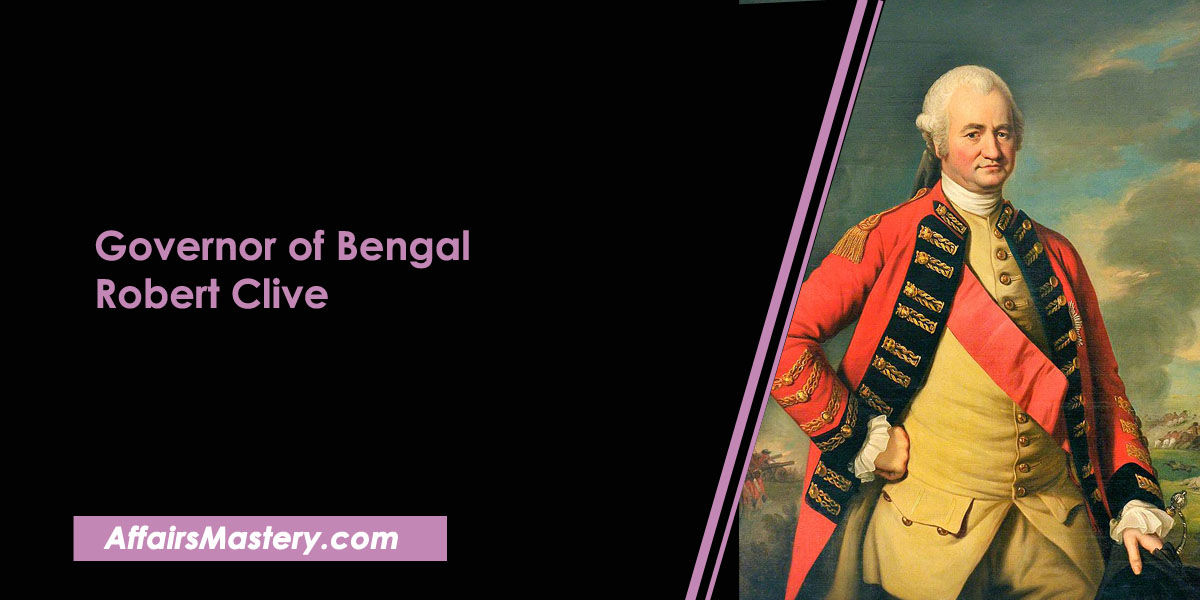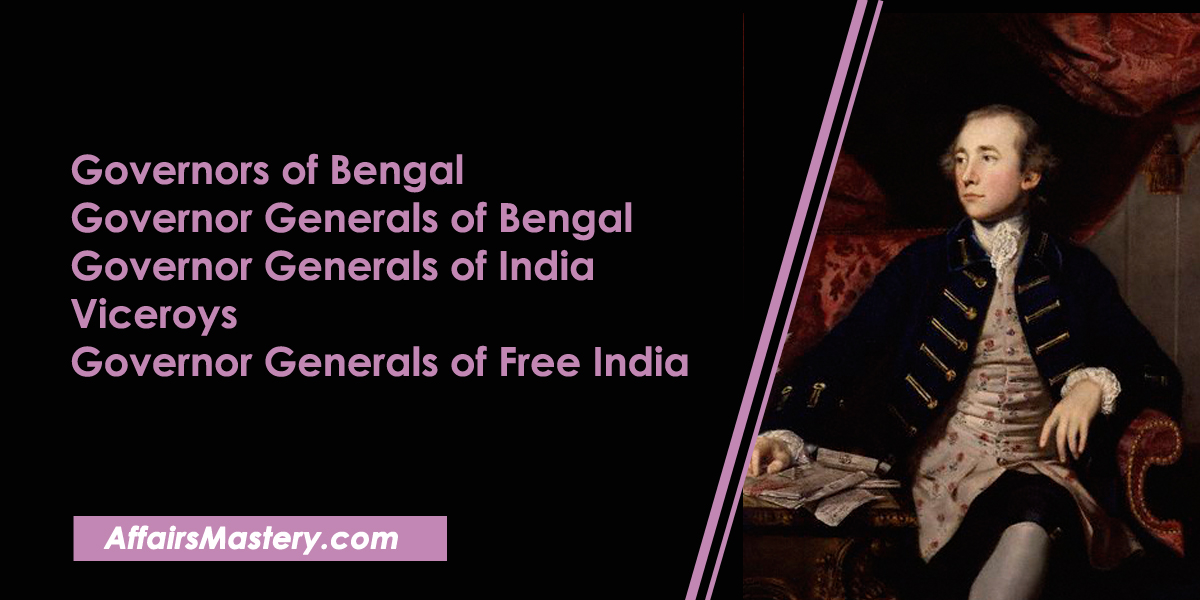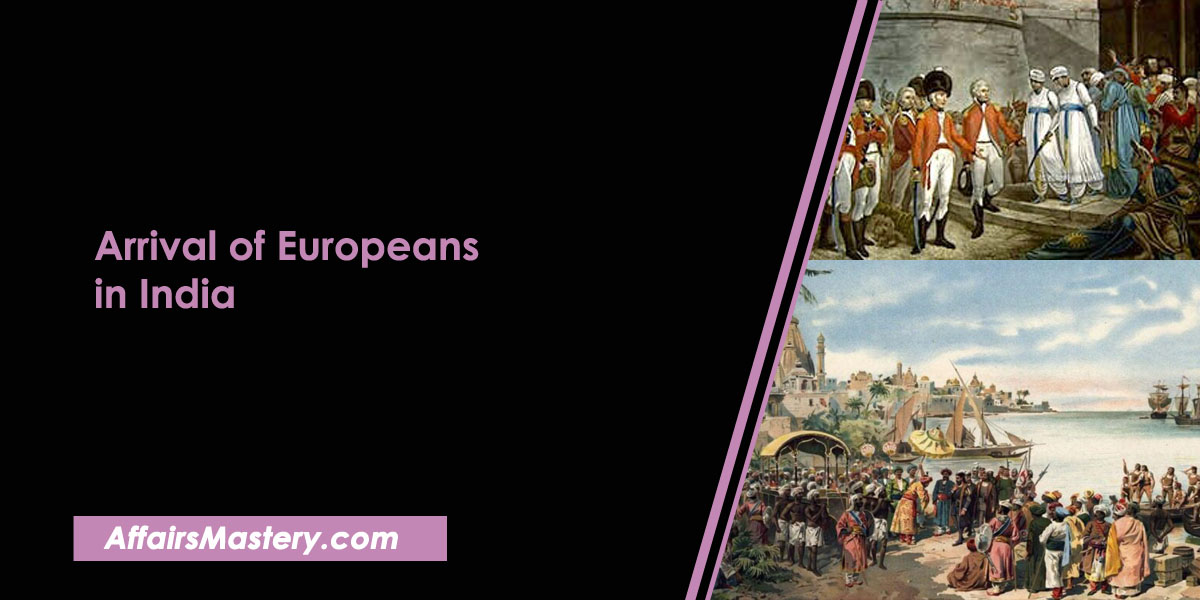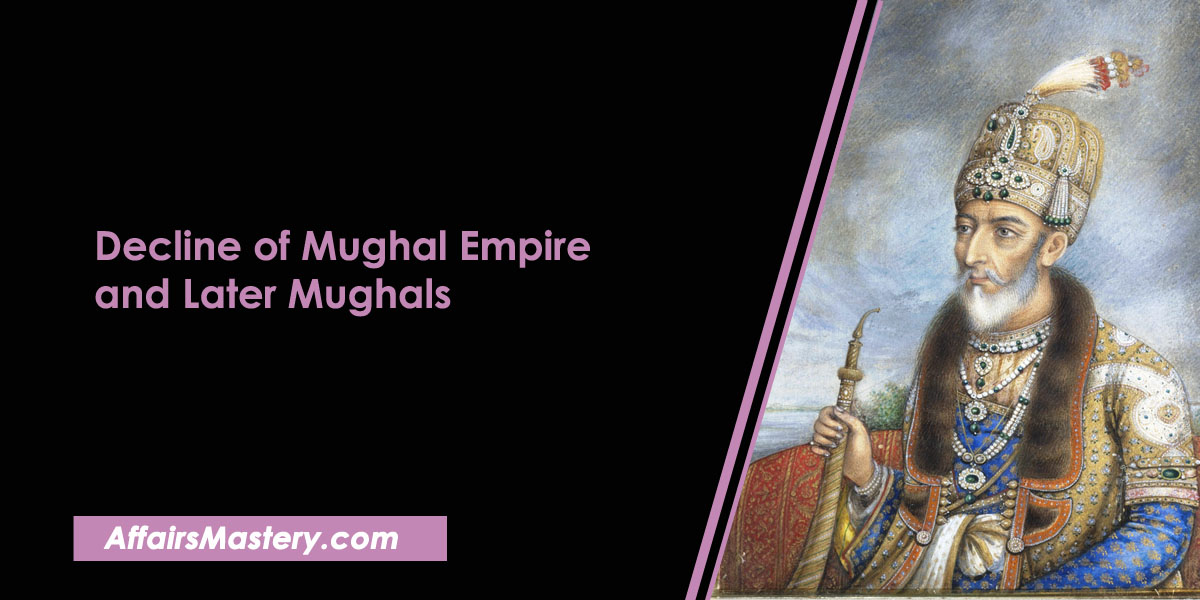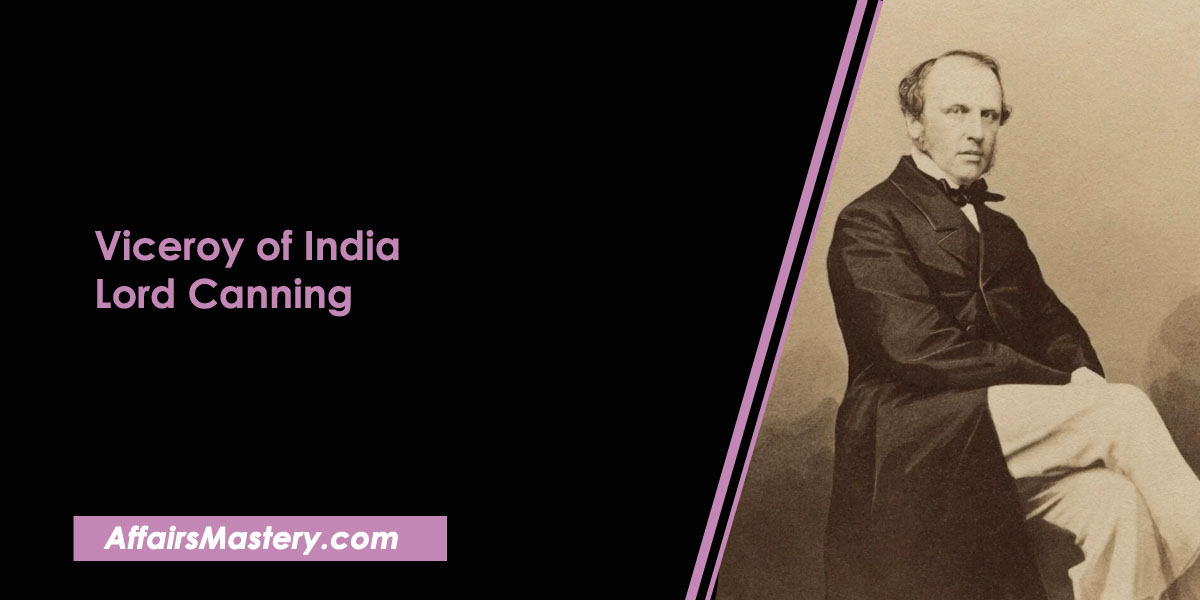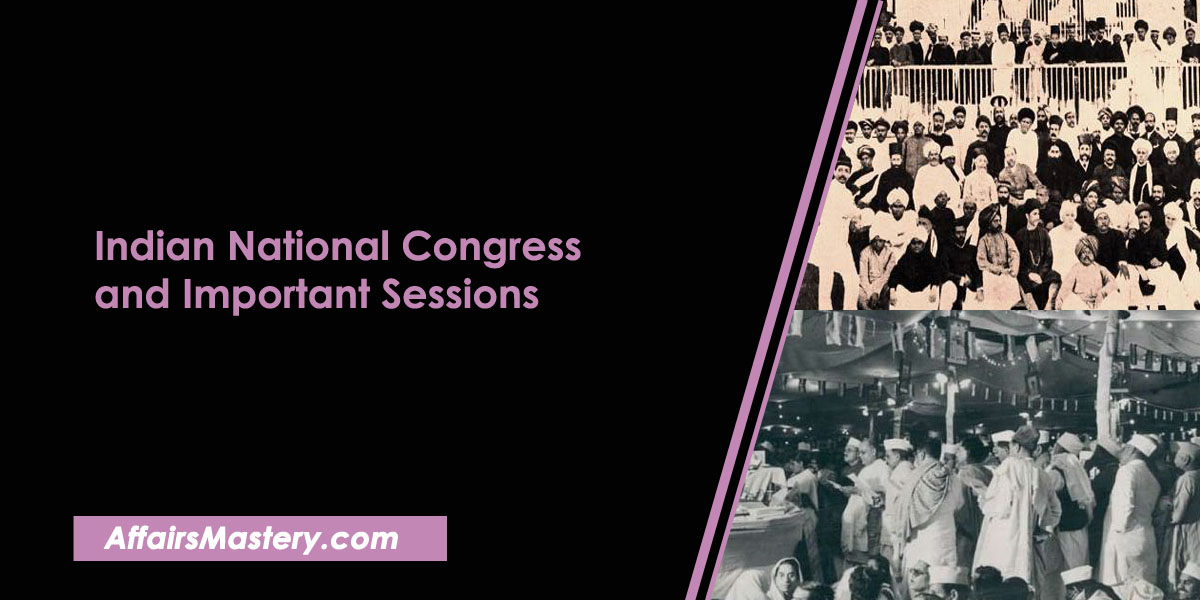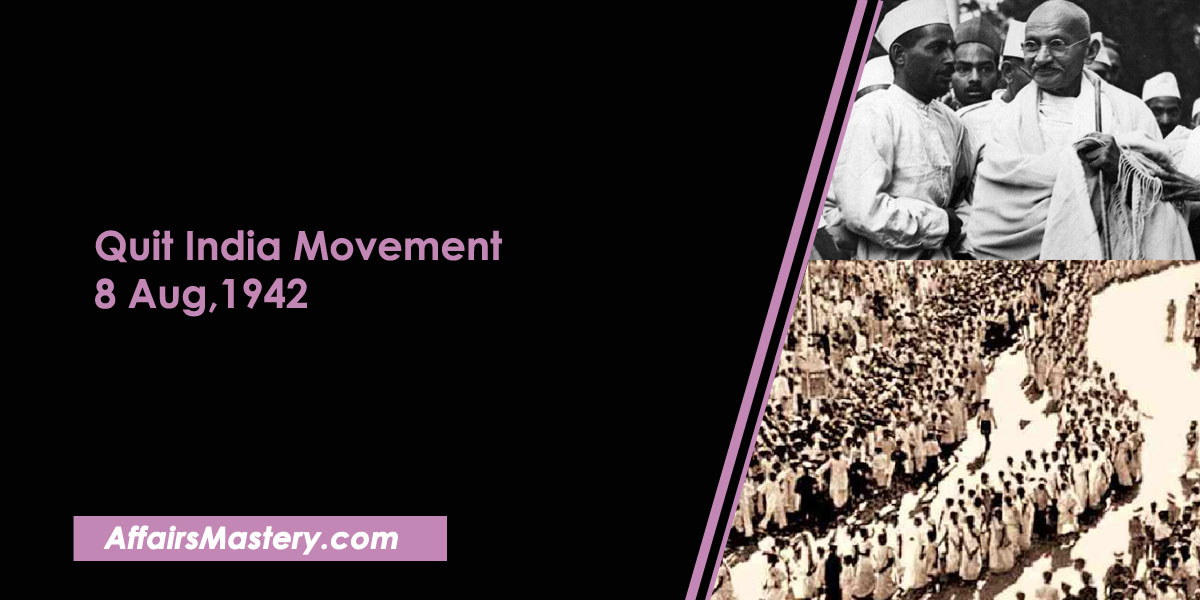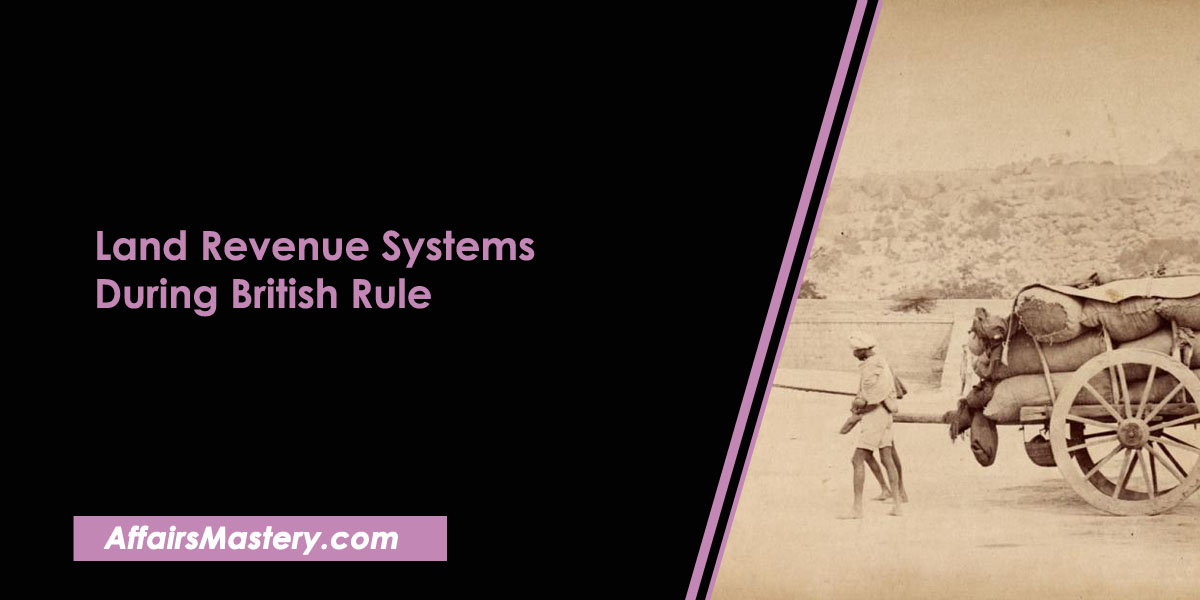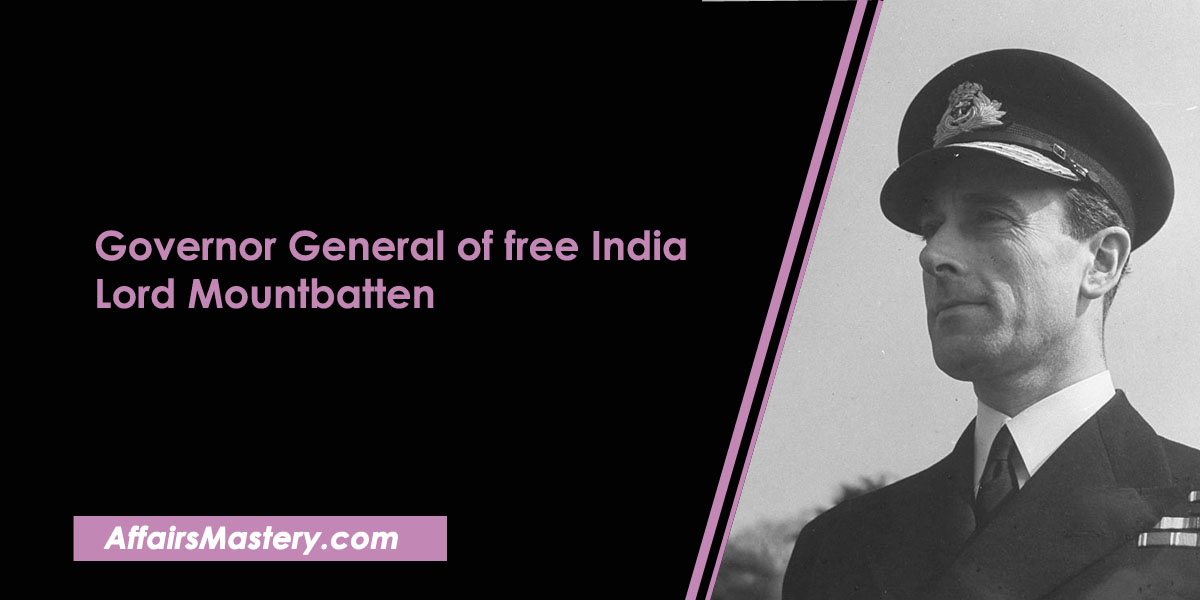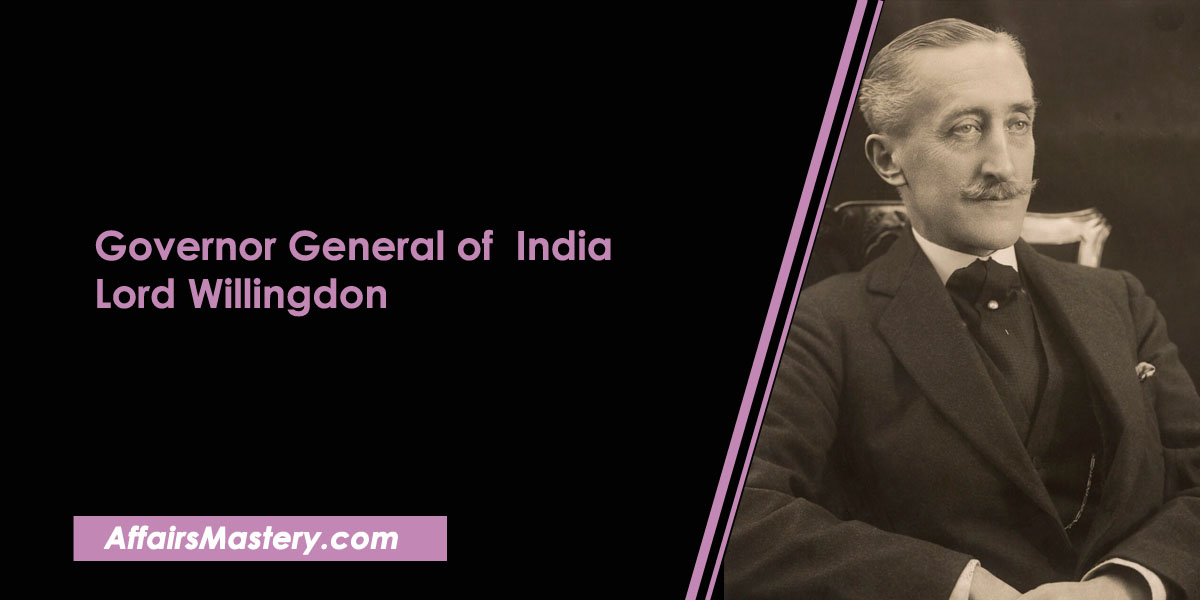Robert Clive – Short Notes for Exams
Robert Clive was the first Governor of Bengal Presidency and he had a major impact on India’s modern history. Despite of his work in India, he had a great participation and contribution in the Indian Modern history. Topic is useful for various government exams and for general knowledge.
About
- Robert Clive(1725-1774), first Baron Clive, KB(Most Honorable order of the Bath), FRS(Fellowship of the Royal Society), also known as Clive of India.
- He was a trouble boy in his initial days of youth.
- Clive arrived in India at Fort St. George(1744).
- Initially, he worked as an office clerk for the East India Company in 1744.
Events during his time in India
- When the British surrendered in 1746 by French, Clive and other few Britishers refused to take the oath of not to take arms against French.
- Somehow, he managed to escape from the captivity of French forces and enlisted himself into the company army.
- He was recognized for his contribution and participation in defense of the Fort St. David (1947).
- He was also noticed during the siege of Pondicherry.
- Similarly, he proved himself in many campaigns and later returned to England (1753) with his love Margaret Maskelyne.
- Robert Clive came back in 1755 as a Deputy Governor of Fort St. David. And also promoted to a lieutenant-colonel in British Army.
- The breaking point came when without taking the permission of Nawab, Company began to fortify Calcutta.
- Siraj-ud-Daula prevented the English from forrtifying Fort William.
- However, English refused to stop the fortification.
- Nawab captured Fort William, taking 146 englishmen as prisoners and hold up in a very small room.
- 123 died on 20th June, 1756, out of suffocation. English historians describe this incident as Black Hole Tragedy.
- This incident instigated the English at Chennai to send a relieving force under Robert Clive along side Admiral Watson to Bengal.
- British retaliation started with hatching a conspiracy against Nawab in alliance with his people.
- Clive marched toward Plassey on 23 June, 1757, which was near to the Nawab’s Capital.
- English Victory in Battle of Plassey(1757).
- Mir Jafar who was the commander-in-chief of the Nawab who did not take up arms was awarded the Nawabship by Robert Clive as agreed earlier.
- Mir Jafar responded to this favour by paying a sum of Rs One Crore and 77 lakhs to company.
- Battle of Plassey had made the English a poweful factor in Politics of Bengal.
- Signed Treaty of Allahabad(1765) in which English got Diwani rights of Bengal, Orissa, Bihar.
- First Governor of Bengal during 1757-60 and again during 1765-67.
- Established Dual Government in Bengal from 1765-72.
- Established ‘Society for Trade’.
- He returned back to Great Britain in 1760 and again came back in 1765.
- For the last time, he left India in 1767.
If you find our content helpful and interesting, please consider joining us on Telegram @affairsmastery to show your support. We would really appreciate it!
Related articles
- Important Battles in Indian History
- Important treaties in Indian history
- List of Foreign Travellers who came to India
- List of Governor General of India and Viceroy of India
- Warren Hastings – Important Short Notes for exams
- Lord William Bentinck – Important Short Notes for Exams
- Lord Canning – Important Short Notes for Exams
- Lord Mountbatten – Important Short Notes for Exams
- C. Rajagopalachari – Important Short Notes for Exams
- Lord Wavell – Important Short Notes for Exams
- Lord Linlithgow – Important Short Notes for Exams
- Lord Willingdon – Important Short Notes for Exams
- Non Cooperation Movement (1919-1922)
- Important Personalities related to Social Movements of India
- List of Important Personalities of Indian Freedom Struggle
- List of Important Books on Revolt of 1857 and their Author
- Important Leaders of 1857 Revolt and their places
- Constituent Assembly of India and its Composition: Important Short Notes
- Important Tribal Movements in India
- Direct Action Day 1946: Important Short Notes for Exams
- Interim Government of India, 1946 and its members
- Important Socio Religious Reform Movements in India – Short Notes
- Khilafat Movement (1919-1924) – Important Short Notes for exams
- Lucknow Pact, 1916 – About, Features, Outcome (Important Short Notes)
- C R Formula or Rajaji Formula, 1944 – About, Main Points (Important Short Notes)
- Wavell Plan, 1945 – About, Main Points (Important Short Notes)
